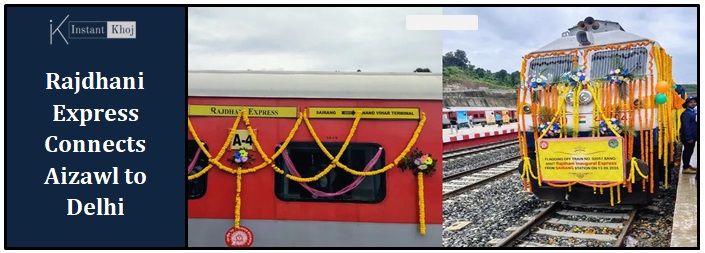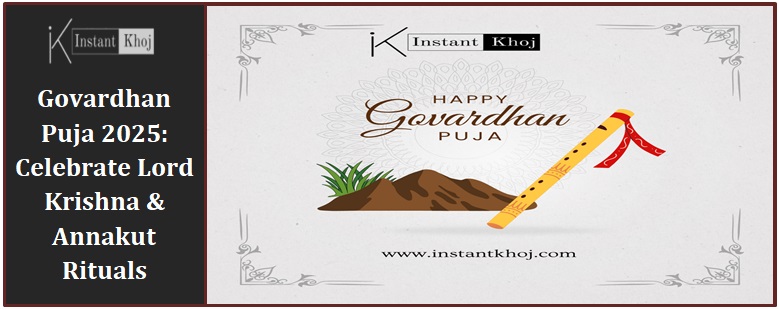On September 13, 2025, a long‑cherished dream of Mizoram’s people came true: Aizawl, the capital city, was officially connected to the Indian Railways network. The occasion was marked with the inauguration of the challenging Bairabi‑Sairang railway line and the ceremonial flagging off of the Sairang‑Delhi Rajdhani Express. The shrill blast of the Rajdhani’s horn echoed more than just a train’s departure — it symbolized inclusion, promise kept, and the beginning of a new chapter.
Bridging History: Aizawl’s Railway Connection
For decades, residents of Mizoram had hoped for a rail link that could reduce their isolation. Until now, reaching faraway cities like Delhi, Kolkata or Guwahati meant long road journeys over hills and winding roads. On this day:
-
The 51.38‑kilometer Bairabi‑Sairang line was inaugurated — at a cost of roughly ₹8,000 crore.
-
The terrain is rugged. The route includes dozens of tunnels (nearly half of its length inside tunnels), major and minor bridges, and steep gradients.
-
Sairang, just about 20 km from Aizawl, is the new terminus for the connection.
With this, Aizawl becomes the fourth Northeastern capital to be connected by rail, after Guwahati (Assam), Agartala (Tripura) and Itanagar (Arunachal Pradesh).
The Rajdhani Express: A Train With Weight
What makes this moment especially significant is the Rajdhani Express service from Sairang to Delhi. Rajdhani trains are premium express services, crown jewels of Indian Railways, known for speed, fewer stops, and better amenities. With this:
-
The Sairang‑Anand Vihar Terminal (Delhi) Rajdhani Express was flagged off.
-
Starting from about September 19, 2025, this Rajdhani will run on a weekly schedule.
-
The route covers over 2,500 kilometers, with multiple stops through Assam, West Bengal, Bihar, and other states en route.
For many, the shrill horn at Sairang station was more than auditory — it was a signal of possibility, of goods, people, ideas moving faster, of costs dropping, of connection increasing.
What It Means for People, Trade, and Culture
The impact of this connection goes well beyond the train tracks:
-
Travel becomes easier and cheaper. No longer will long road journeys be the default. Students, patients, travelers finally gain a link to Delhi, Kolkata, Guwahati, etc.
-
Supply chains open up. Goods like construction materials, rice, consumer items — all likely to reach Aizawl more quickly and at cheaper rates.
-
Boost to tourism and trade. Mizoram’s scenic landscapes, its culture, hill treks, etc., can now draw more visitors. With smoother access, markets may expand.
-
Social integration. Feeling of isolation receding. Voices saying “Delhi is nearer now” aren’t just poetic — they reflect real change. Once‑remote areas feel part of the nation not only in sentiment but in infrastructure.
The Challenges and the Road Ahead
Of course, connecting Aizawl by rail is an achievement, but it’s also a beginning, not an endpoint:
-
The extension beyond Sairang towards other remote parts of Mizoram may be considered, but those plans are at a conceptual level.
-
Logistics, maintenance in hilly terrain, safety, ensuring regular services — all will be tested by weather, geography, and resource constraints.
-
Local concerns also exist: cost of living, cultural impact, ensuring that development respects local identities. A few voices expressed concern over what increased connectivity might mean for migration and influence.
Conclusion: A Promise Fulfilled
When the Rajdhani Express horn sounded at Sairang station, it marked more than the departure of a train. It fulfilled long‑held hopes of generations in Mizoram — of being mapped, connected, no longer invisible or remote.
“Delhi is nearer now” isn’t just a slogan — it’s a lived reality starting for Aizawl and its people. As tracks are laid and engines roar, the future looks more within reach than ever before.





Hi,
I hope this message finds you well.
I would like to propose a website redesign service tailored to enhance your online presence. Key benefits include:
1. Modern, responsive design
2. Improved user experience and navigation
3. Faster loading speeds
4. SEO optimization for better visibility
5. Mobile-friendly layout
The goal is to align your website with current digital trends and user expectations.
Would you like to see our past work or schedule a quick online meeting to discuss your requirements? If yes, please share your website link.
Looking forward to your response.
Best regards,
Ankit